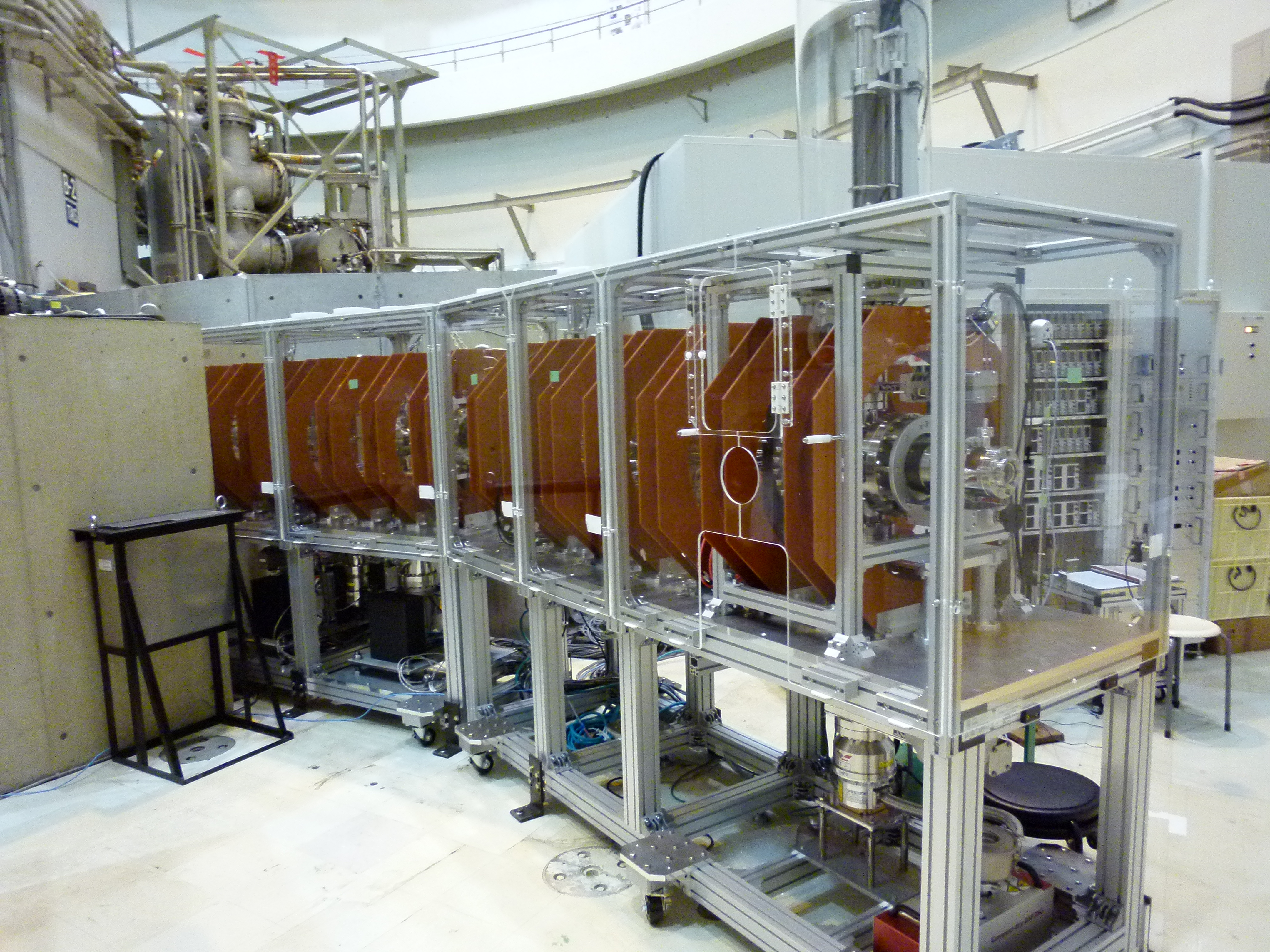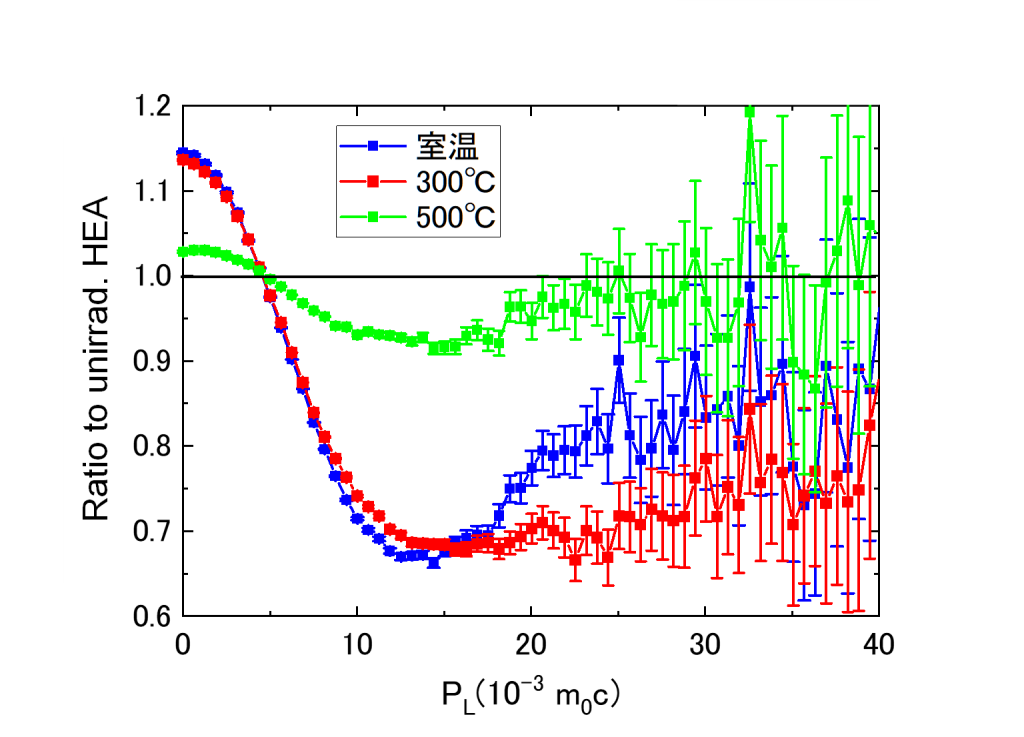Materials Radiation Effects
Professor
- KINOMURA, Atsushi, e-mail: akinomura<atmark>
Associate Professor
- XU, Qiu e-mail: xu<atmark>
* replace <atmark> with @rri.kyoto-u.ac.jp
Irradiation of high energy particles induces the interaction with atoms in solids and the loss of their energies. In this division, we perform research subjects to understand irradiation effects for various materials such as metals and semiconductors: (1) Irradiation of neutron, ion and electron, (2) Characterization of irradiated materials using positron annihilation spectroscopy, electron microscopy and thermal desorption spectroscopy, and (3) Numerical simulation for interactions of irradiation-induced defects.
As high-energy particle irradiation techniques, various irradiation equipment have been developed for neutron irradiation at high temperatures by Material Controlled Irradiation Facility (SSS) of Kyoto University research Reactor (KUR), electron irradiation at low, ambient and high temperatures by a linear accelerator (KURRI-LINAC), and ion irradiation by small ion accelerators.
As characterization techniques for irradiated materials, a reactor-based slow positron beam system using KUR has been developed (Fig. 1). This system is one of the most advanced equipment in the world and has been developed for positron annihilation lifetime spectroscopy, Doppler broadening, and coincidence measurements with these analytical techniques. Other analytical techniques such as radioisotope-based positron annihilation spectroscopy have been used for applied research for various materials.
Various irradiated materials have been characterized so far. As one of the examples, segregations of high entropy alloy CoCrFeMnNi after heavy ion irradiation were characterized by positron annihilation spectroscopy (Fig. 2) and compared with ab initio calculations. The obtained data showed no elemental segregations, indicating superior irradiation-hardness.
It is possible to get information on damage mechanism and lifetimes of nuclear materials under irradiation, reduction of ion-irradiation damage in semiconductor device processes and irradiation-induced new-material synthesis. Moreover, it is expected that research in this field promotes materials developments for new-type nuclear systems and fusion reactors.


spectra of high entoropy alloy CoCrFeMnNi.




